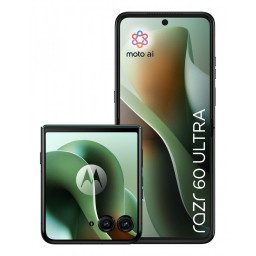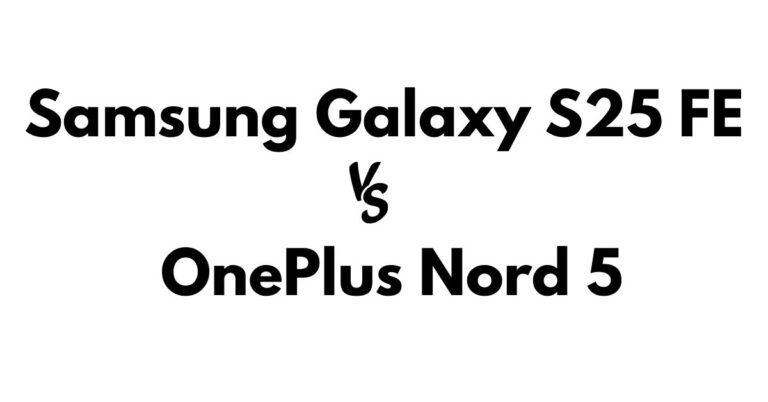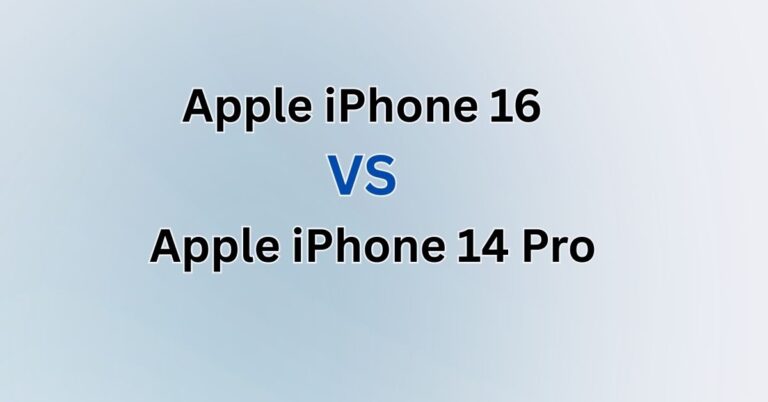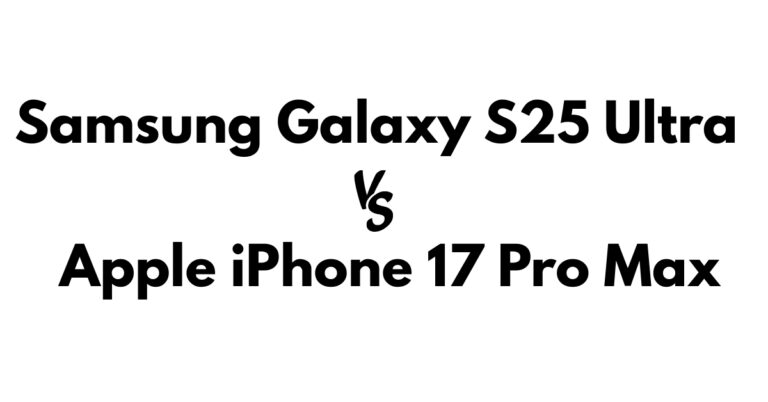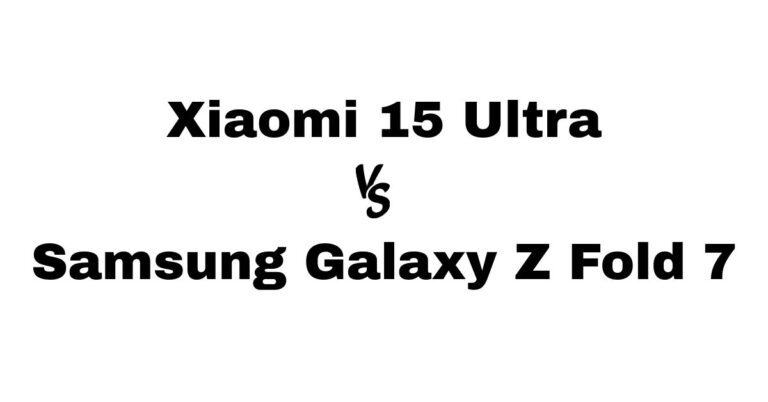Motorola Razr 60 Ultra vs Honor Magic V5 | Specs, Camera & Battery
Motorola Razr 60 Ultra vs Honor Magic V5
Here we compared two flagship smartphones: the 7-inch Motorola Razr 60 Ultra (with Qualcomm Snapdragon 8 Elite) that was released on April 24, 2025, against the Honor Magic V5, which is powered by the same chip and came out 2 months after. On this page, you will find tests, full specs, strengths, and weaknesses of each of the devices.
Key differences
An overview of the main advantages of each smartphone
Reasons to consider the Motorola Razr 60 Ultra
- Shows 25% longer battery life (26:54 vs 21:30 hours)
- Higher display refresh rate – 165 Hz
- Has 33% more RAM: 16GB versus 12GB
- 12% better performance in AnTuTu Benchmark (2571K versus 2289K)
- Delivers 16% higher peak brightness (1489 against 1286 nits)
- Better grip in hands – the body is 71.91 mm narrower
- 15% higher pixel density (464 vs 403 PPI)
Reasons to consider the Honor Magic V5
- The rear camera has a 3x optical zoom
- Has a 0.95 inch larger screen size
- Comes with 1120 mAh larger battery capacity: 5820 vs 4700 mAh
- Newer Bluetooth version (v6.0)
- Waterproof body (IP58 classification)
- Has 2 SIM card slots
- Faster storage type – UFS 4.1 versus UFS 4.0
- Has a built-in infrared port
Tests and specifications
Comparison table of technical specifications and tests
Display: Motorola Razr 60 Ultra vs Honor Magic V5
| Feature | Motorola Razr 60 Ultra | Honor Magic V5 |
|---|---|---|
| Type | POLED | AMOLED |
| Size | 7 inches | 7.95 inches |
| Resolution | 1224 × 2912 px | 2172 × 2352 px |
| Aspect ratio | 22:9 | 10:9 |
| PPI | 464 | 403 |
| Refresh rate | 165 Hz | 120 Hz |
| Adaptive refresh | Yes | Yes |
| Max brightness | – | 1400 nits |
| Max HDR brightness | 4500 nits | 5000 nits |
| HDR support | Yes, Dolby Vision | Yes, Dolby Vision |
| Touch sampling rate | 300 Hz | 240 Hz |
| Screen protection | Gorilla Glass Ceramic | Honor Super Armored |
| Screen-to-body ratio | 87.3% | 88.6% |
| Features | DCI-P3, AOD, DC Dimming | DCI-P3, AOD, DC Dimming |
| RGB color space | 99.8% | 99.2% |
| PWM | 707 Hz | 360 Hz |
| Response time | 2 ms | 1 ms |
| Contrast | ∞ Infinity | ∞ Infinity |
| Screen space | 17.2 in² | 31.4 in² (~83% more) |
| Peak brightness test (auto) | 1489 nits | 1286 nits |
Design & Build: Motorola Razr 60 Ultra vs Honor Magic V5
| Feature | Motorola Razr 60 Ultra | Honor Magic V5 |
|---|---|---|
| Height | 171.48 mm | 156.8 mm |
| Width | 73.99 mm | 145.9 mm |
| Thickness | 7.19 mm | 8.8 mm |
| Weight | 199 g | 217 g |
| Waterproof | IP48 | IP58 |
| Cooling | Vapor chamber | – |
| Frame material | Metal | Metal |
| Colors | Green, Red | White, Black, Gold, Brown |
| Fingerprint scanner | In-button | In-button |
Performance: Motorola Razr 60 Ultra vs Honor Magic V5
| Feature | Motorola Razr 60 Ultra | Honor Magic V5 |
|---|---|---|
| Chipset | Snapdragon 8 Elite | Snapdragon 8 Elite |
| CPU cores | 8 (2+6) | 8 (2+6) |
| Max clock | 4.32 GHz | 4.32 GHz |
| GPU | Adreno 830 (1536 units, 1100 MHz) | Adreno 830 (same) |
| FLOPS | ~3379.2 GFLOPS | ~3379.2 GFLOPS |
| Geekbench 6 (SC) | 2936 (+165%) | 1106 |
| Geekbench 6 (MC) | 8883 (+79%) | 4959 |
| Geekbench Compute | 24419 | 20467 |
| AnTuTu 10 (total) | 2,571,210 | 2,289,483 |
| AnTuTu CPU | 525,838 | 534,953 |
| AnTuTu GPU | 1,106,299 | 869,098 |
| AnTuTu Memory | 486,155 | 466,730 |
| AnTuTu UX | 452,918 | 418,702 |
Memory & Storage: Motorola Razr 60 Ultra vs Honor Magic V5
| Feature | Motorola Razr 60 Ultra | Honor Magic V5 |
|---|---|---|
| RAM | 16 GB LPDDR5X | 12 GB LPDDR5X |
| RAM clock | 5333 MHz | 5300 MHz |
| Channels | 2 | 4 |
| Storage | 512 GB (UFS 4.0) | 256 GB (UFS 4.1) |
| Expandable | No | No |
Software: Motorola Razr 60 Ultra vs Honor Magic V5
| Feature | Motorola Razr 60 Ultra | Honor Magic V5 |
|---|---|---|
| OS | Android 15 | Android 15 |
| UI | Hello UI | MagicOS 9.0.1 |
Battery: Motorola Razr 60 Ultra vs Honor Magic V5
| Feature | Motorola Razr 60 Ultra | Honor Magic V5 |
|---|---|---|
| Capacity | 4700 mAh | 5820 mAh |
| Charging power | 68W | 66W |
| Wireless charging | 30W | 50W |
| Reverse charging | Yes (wireless) | No |
| Fast charging | 78% in 30 min | 67% in 30 min |
| Full charging time | 0:45 hr | 0:53 hr |
| Avg battery life | 26:54 hr (+25%) | 21:30 hr |
| Web browsing | 12:47 hr | 08:27 hr |
| Video playback | 17:04 hr | 12:20 hr |
| Gaming | 05:53 hr | 05:44 hr |
| Standby | 110 hr | 107 hr |
Cameras
Main Camera: Motorola Razr 60 Ultra vs Honor Magic V5
| Feature | Razr 60 Ultra | Magic V5 |
|---|---|---|
| Matrix | 50 MP + 50 MP ultrawide | 50 MP + 64 MP telephoto + 50 MP ultrawide |
| Zoom | Digital | 3x Optical + Digital |
| Flash | LED | Dual LED |
| Stabilization | Optical | Optical |
| 8K video | 30 FPS | No |
| 4K video | 60 FPS | 60 FPS |
| 1080p video | 60 FPS | 60 FPS |
| Slow motion | 240 FPS (1080p) | – |
Selfie Camera: Motorola Razr 60 Ultra vs Honor Magic V5
| Feature | Razr 60 Ultra | Magic V5 |
|---|---|---|
| Resolution | 50 MP | 20 MP + 20 MP |
| Aperture | f/2.0 | f/2.2 |
| Autofocus | Yes | No |
| Video | 4K@60 FPS | 4K@30 FPS |
Connectivity: Motorola Razr 60 Ultra vs Honor Magic V5
| Feature | Motorola Razr 60 Ultra | Honor Magic V5 |
|---|---|---|
| Wi-Fi | Wi-Fi 7 | Wi-Fi 7 |
| Bluetooth | 5.4 | 6.0 |
| USB | Type-C | Type-C 3.1 + DP 1.2 |
| NFC | Yes | Yes |
| Infrared | No | Yes |
| SIM | 1 SIM + eSIM | 2 SIM + eSIM |
| 5G support | Yes | Yes |
Sound: Motorola Razr 60 Ultra vs Honor Magic V5
| Feature | Motorola Razr 60 Ultra | Honor Magic V5 |
|---|---|---|
| Speakers | Stereo + Dolby Atmos | Stereo |
| Loudness | 83.1 dB | 81.9 dB |
| Headphone jack | No | No |
| FM Radio | No | No |
Other Info: Motorola Razr 60 Ultra vs Honor Magic V5
| Feature | Motorola Razr 60 Ultra | Honor Magic V5 |
|---|---|---|
| Launch | April 2025 | July 2025 |
| Price (MSRP) | $1299 | $1999 |
| Sensors | Full flagship set | Full flagship set |
| Charger in box | 68W | 66W |
FAQs
Q1: Which phone has the better display quality?
The first phone offers a Dynamic AMOLED panel with 368 ppi, while the second has an AMOLED with 403 ppi and slightly higher brightness (1400 nits vs. 1300 nits). If pixel sharpness and brightness matter most, the second one wins.
Q2: Do both phones support adaptive refresh rates?
Yes, both phones feature a 120 Hz adaptive refresh rate ranging from 1 Hz to 120 Hz.
Q3: Which phone is better for outdoor visibility?
The second phone is slightly better with its 1400 nits peak brightness compared to 1300 nits.
Q4: What’s the key difference in display size?
The first has an 8-inch screen, while the second is 7.95 inches—almost negligible in day-to-day use.
Q5: Which phone provides a more natural aspect ratio for reading or multitasking?
The second phone features a 10:9 aspect ratio, which is closer to a square and often better for split-screen multitasking.
Q6: Are both displays HDR capable?
Yes, both support HDR content for enhanced contrast and color performance.
Q7: Does higher PPI make a real difference?
The difference between 368 ppi and 403 ppi is small, but text and fine details may appear slightly crisper on the second phone.
Q8: Which display is more power efficient?
Dynamic AMOLED panels (first phone) are known for better efficiency in some cases, but adaptive refresh rates on both phones optimize power usage equally well.
Q9: Which phone is better for gaming?
Both support 120 Hz refresh rates, making them great for smooth gaming. However, the second’s higher pixel density may improve graphics clarity.
Q10: Which phone’s display is more durable?
Durability depends on the screen protection used (not listed here). Generally, Gorilla Glass or similar reinforcement plays a bigger role than display type.
